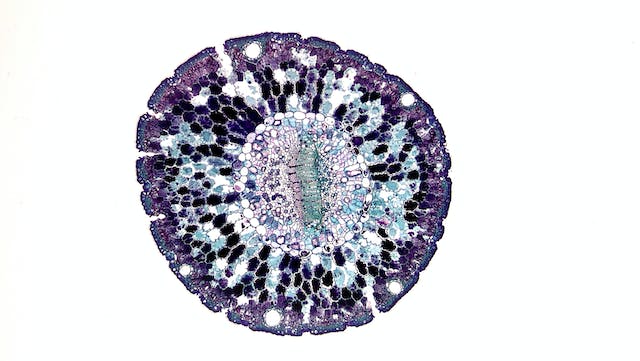Cells are the basic structural and functional unit of the body. They also contain heredity materials and can replicate themselves. Body cells give energy to our body by breaking down different nutrients through various pathways.
To study the cell in detail, scientists use the biological microscope. Biological microscopic studies reveal that cells have different organelles. These organelles perform specific functions for the body. These organelles are Nucleus, Endoplasmic reticulum, Ribosome, Mitochondria, Golgi apparatus, Chloroplast, Plastid, Centrosome and many more.
Here is the brief information of some organelle that is collected through the biological microscope. According to the microscopecrew site, every biological and medical discoveries were results of microscopic observation and advancement in it’s technology.
Nucleus
The nucleus is the main organelle of the cell. If you say it the “command center” of the cell then it will not wrong. The nucleus has DNA that has genetic information for the DNA. Nucleus uses this genetic information for growth and metabolism.
Nucleus has a nucleolus in the middle that contains the RNAs. RNA acts as a messenger of the DNA because it conveys the instructions of the DNA to the rest part of the cell.
Endoplasmic Reticulum
An important cellular organelle that has fluid-filled membranous canals. These canals are used in the transportation of specific materials outside the cell.
It has two types
- Rough endoplasmic reticulum (RER)
- Smooth endoplasmic reticulum (SER)
Rough Endoplasmic Reticulum (RER)
They are involved in protein synthesis because they contain ribosomes, vesicles, cisternae, and tubules etc.
Smooth Endoplasmic Reticulum (SER)
They don’t contain ribosomes and are responsible for the storage of materials. They are involved in the production of lipids and steroids. Detoxification of cells is also done by SER.
Ribosome
The non-membranous organelle of the cell involves in the production of proteins. They have 2 subunits larger and smaller. They are named the 70S and 80S in prokaryotes and eukaryotes respectively. S represents Svedberg’s unit that describes size and density.
Ribosomes found in the cytoplasm in motile form or you can see them in embed form in the Endoplasmic reticulum.
Golgi Apparatus
A membrane-bound organelle is called the Golgi complex. Proteins that form in the endoplasmic reticulum are sent here for further modification. After modification Golgi apparatus pack the proteins and lipids and transfer them to their target.
Microscopic study reveals that these are found in the cytoplasm of the cell and found in both animal and plant cells.
Chloroplast
It is an important organelle that is a functional site for photosynthesis in plants. This organelle is just found in the plants. It contains a green-colored pigment called chlorophyll that is very important for photosynthesis.
Plastid
A double membrane-bound organelle is further divided into three types.
- Chloroplast
- Leucoplast
- Chromoplast
Chloroplast gives the green color to the plants
Leucoplast is for the storage of starch, fats, and proteins
Chromoplasts are of red, blue, and yellow color that attracts the insects for pollination
Centrosome
Centrosomes are animal cell organelle that has centrioles. These centrioles are perpendicular to each other in the cell. They play an important role in cell division and the organization of microtubules.
Scientists are still doing research on cell organelles with the modification of microscopes. Science is an advanced field on which the search will never end till the end of the world.
